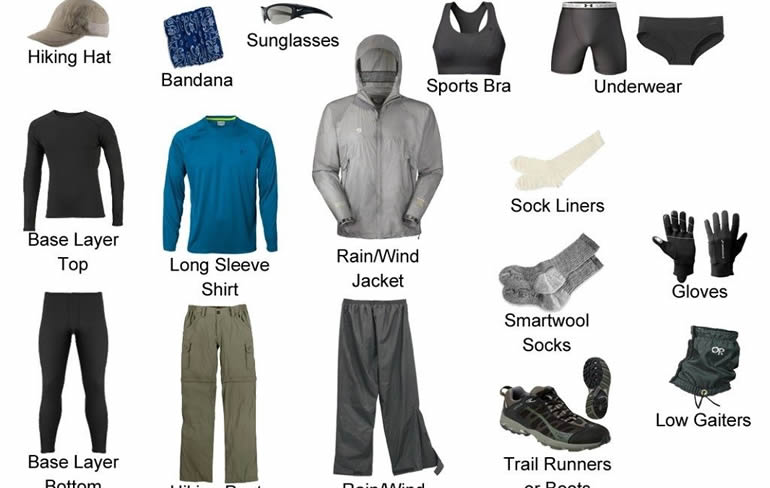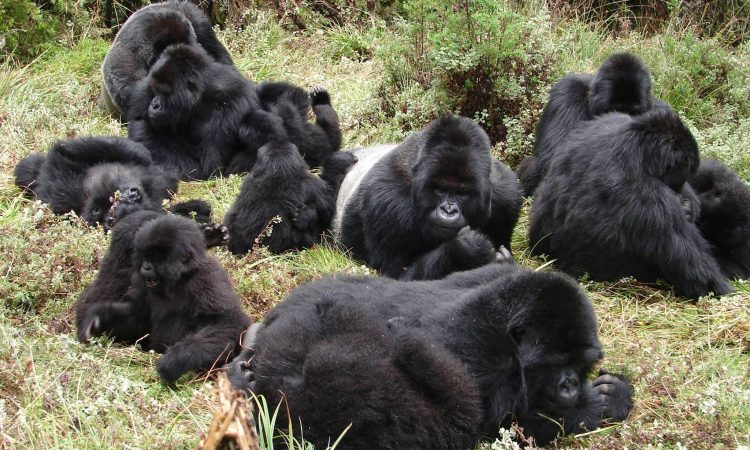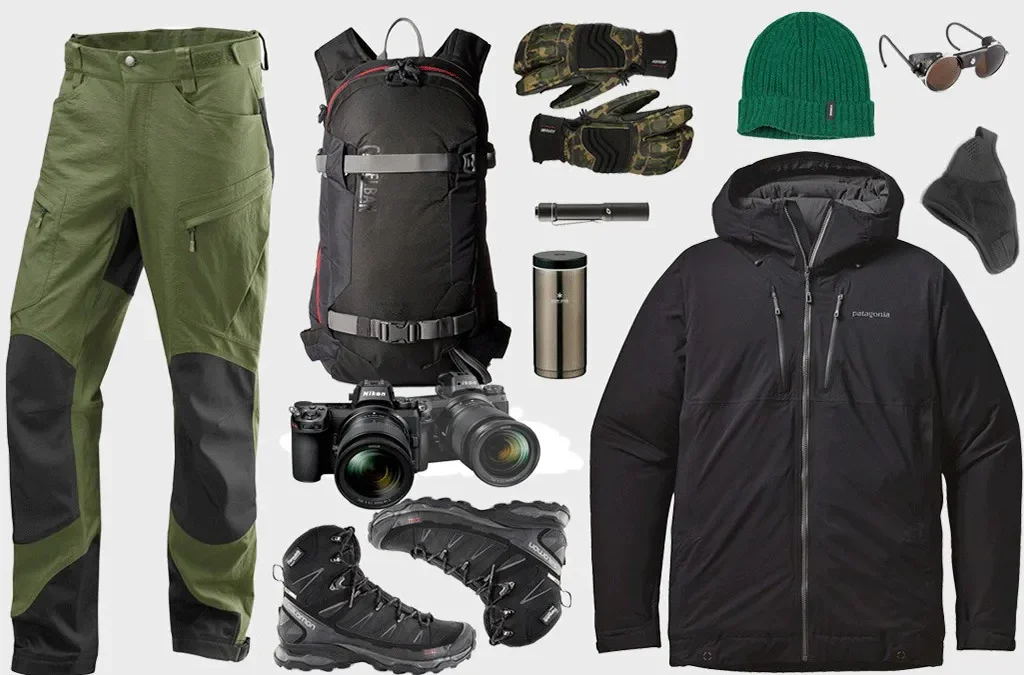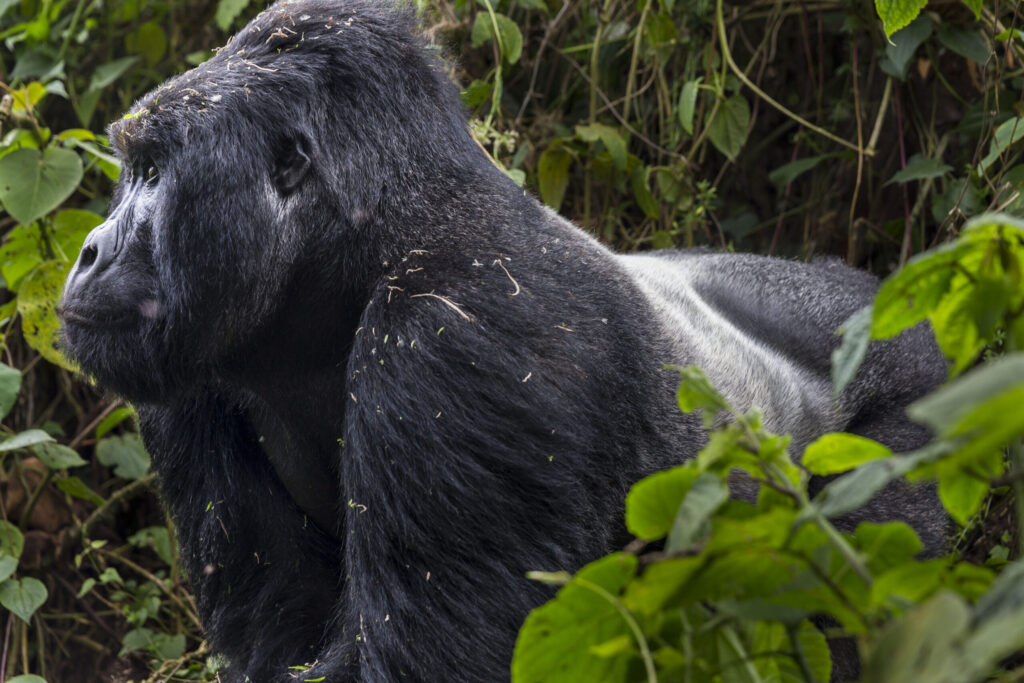Packing List for Gorilla Trekking in Uganda Rwanda & Congo
The Packing List for Gorilla Trekking in Uganda Rwanda & Congo Packing List for Gorilla Trekking is a crucial subject, as those planning to see the primates must contemplate their packing requirements. Gorilla tourism draws thousands of travelers to Africa each, with gorilla trekking being arguably the most exhilarating wildlife experience on the continent. They are intriguing beings due of their behavior and resemblance to humans. Reading additional information on mountain gorillas reveals that they are among the most kind and placid animals.

Merely 1,000 mountain gorillas persist on the planet. They differ from the lowland gorillas prevalent in zoos and the forests of Central and West Africa. The endangered Mountain gorillas are exclusively found in Uganda, Rwanda, and Congo. Uganda possesses fifty percent of the global population of mountain gorillas. Primates are observable in Bwindi and Mgahinga National Parks in Uganda. To observe mountain gorillas in Rwanda, one must visit Volcanoes National Park, but in Congo, the destination is Virunga National Park. The primates inhabit groups overseen by a dominant silverback who guarantees safety and order among the members.
Gorilla trekking is a highly sought-after and costly endeavor, yet it is invaluable. Upon securing your gorilla trip and delegating transportation, permits, and lodging to your tour operator, the subsequent consideration is optimal preparation. One may ponder the inquiry – What items should I prepare for gorilla trekking? Although gorilla trekking is an exhilarating and adventurous endeavor, it is essential to be adequately equipped. A prevalent error we encounter in our experience conducting safaris is travelers inadequately prepared for gorilla trekking. During the briefing, we observe several people attired in basic sandals, white sneakers, and shorts, which are inappropriate for such a rigorous activity.
We have assembled a list of essential items to pack for gorilla trekking that will enhance the whole experience. It is advisable to utilize porters to assist with the transportation of additional bags. We recommend reading our post on gorilla trekking for the elderly to learn more about the utilization of porters. The gorilla trekking regulations are applicable to all national parks: Bwindi and Mgahinga in Uganda, Volcanoes in Rwanda, and Virunga in the Democratic Republic of Congo. The regulations also pertain to individuals participating in the gorilla habituation experience in Bwindi Impenetrable National Park. The landscapes of Mgahinga and Volcanoes National Park differ from those of Bwindi and Virunga National Park. Mgahinga and Volcanoes National Park, situated at elevated heights, experience lower temperatures compared to Bwindi. A list for a general wildlife safari has been provided in the last chapters, as tourists frequently combine gorilla tours with game drives. You may find the regulations for gorilla trekking or the packing list for a safari in Uganda to be of interest. A pertinent essay discusses the indispensable goods to include while packing for a safari in Africa.
Checklist for Gorilla Trekking
Gorilla Permits and Passport: You must present your gorilla permit and passport at the hotel and park offices prior to commencing your walk. Valid travel paperwork and a visa are essential for every safari. Avoid traveling with a passport nearing expiration. Without the necessary travel documents, entry into the nation and the ability to track the gorillas will be prohibited. Additionally, ensure that you receive the yellow fever vaccination and possess the corresponding card.

Hiking Boots: It is essential to take hiking boots for gorilla trekking in Bwindi or other national parks. Premium hiking boots will provide superior traction on uneven and occasionally muddy landscapes. Inferior quality boots or basic sneakers may injure your ankles. Always bear in mind that gorilla trekking entails ascending steep inclines in high-altitude regions. The paths may become muddy or treacherous during the wet season.
Checklist for Gorilla Tracking Apparel: When selecting garments for gorilla trekking, be certain to include waterproof pants, jackets, long-sleeved shirts, sweaters, long socks, and long trousers. Appropriate attire will safeguard you against moisture, sharp branches, sunlight, and insects or ants. Always tuck your trousers into your boots to prevent safari ants and other insects from entering your body. Additional attire to contemplate when organizing your gorilla expedition includes a pair of shorts for leisure at the lodge and pajamas for the chilly evenings. Additionally, incorporate lengthy socks to envelop your feet.
A rain jacket and sweater: These are necessary items for packing, particularly during the rainy season. Gorillas inhabit tropical rainforests, where precipitation can occur at any time during the year. A rain jacket should be prioritized on your packing list, especially if you intend to visit during the so-called dry season. The sweater will provide warmth during chilly evenings and mornings. The Volcanoes National Park and Mgahinga are situated in high-altitude regions characterized by many volcanoes on the skyline, which emit cold winds and mist.
Essential items to carry for your gorilla trekking expedition Hand coverings: Garden gloves facilitate the handling of trees, branches, and other plant matter. The gloves will additionally safeguard your hands from abrasions and bug stings. As previously said, the woodland can become muddy and treacherous. The gloves will assist you in grasping tree branches when climbing or the ground in the event of a slip. Gloves are essential in any packing list for gorilla trekking.

Toiletries are essential not just for gorilla trekking but also for ordinary safaris in several national parks. The toiletries comprise items such as toilet paper for convenience during an extended gorilla expedition. The majority of hotels do not supply toothbrushes and toothpaste. Additionally, you must bring your own sanitary pads (for women), preferred shampoos, deodorants, hand sanitizers, razors, hair conditioners, lip balm, wipes, and lotions.
Headband and Hair Ties: Ensure your hair is secured to prevent entanglement in branches.
A hat, sunglasses, and sunscreen: These items will shield you from the sun’s heat, particularly during the dry season. These supplies are essential if you intend to combine gorilla trekking with a visit to other national parks characterized by warmer climates.
Essential items for gorilla trekking in Uganda Snacks, packed meals, and potable water: Gorilla trekking is quite unpredictable. The location of the gorilla family on the day of the expedition is the determining factor. The activity may require a duration of 30 minutes to 6 hours. Long-distance trekking may induce fatigue and hunger. Your lodge should arrange a packed lunch for you, or you may opt to bring your own energy snacks. Energy-boosting snacks are available at supermarkets and specialized stores in Rwanda and Uganda. Ensure that you do not forget them when departing your accommodation for the briefing. Additionally, be aware that monitoring mountain gorillas for extended periods can be arduous, necessitating sufficient hydration. Your resort will supply you with water. Refrain from discarding plastic bottles in the park.
Walking stick: To assist in navigating dense forest and steep terrain. The sticks are distributed complimentary following the briefing. A superior quality option is available for purchase at your accommodation or, preferable, through the park rangers.
A camera with robust battery life and ample memory is essential for a safari in Africa. How will your friends be informed about your experiences throughout your safaris? In what manner will you retain the recollection of the events? Be ready to capture images of the gorillas, the picturesque park landscape, and notable locations throughout your expedition. The camera may deplete its battery – bring more batteries. Avoid use flash photography in the presence of gorillas. They will become irate.
Binoculars: The parks you will explore encompass more than just gorillas. Throughout the trip, you will observe several species of birds, forest elephants, buffaloes, chimpanzees, and colobus monkeys, among others. Optimal observations of avian species and primates can be achieved with high-quality binoculars.
Mobile SIM card: Endeavor to obtain an international SIM card to facilitate communication with your family abroad.
Appropriate attire for gorilla trekking in Uganda and Rwanda Porters: Porters were briefly referenced earlier, and I shall elaborate further here. Porters assist tourists in transporting excess luggage or cumbersome cameras during gorilla trekking. They can assist you in traversing difficult hills and valleys. Porters can assist the elderly by utilizing specialized pouches as necessary. Porters impose a fee of approximately $15 and are typically inhabitants of the adjacent regions. By compensating for their services, you support the community and their families, while dissuading them from engaging in poaching. Some porters are students seeking funds to return to school. We recommend that all clients engage a porter if they are uncertain about their fitness level or if it has been shown that the gorilla family is highly mobile.

Suggestion: For your guides, porters, rangers, and hotel personnel (optional). Compensate them for safeguarding the gorillas and ensuring your journey’s comfort. Bear in mind that the majority originate from impoverished homes and have relatives anticipating their return. Should you opt to provide gratuities, do so exclusively post-service and solely in acknowledgment of outstanding and professional service.
Additional items: Additional general items to contemplate include trip insurance, emergency contact numbers, travel maps, directories, and the final itinerary provided by your tour operator. Possessing local currency is essential for tipping guides or purchasing souvenirs in locations lacking credit card facilities or ATMs. To safeguard your finances, obtain a money belt.
Checklist for trekking gorillas in Uganda and Rwanda Note: The majority of our tour cars are equipped with first aid supplies; nonetheless, we advise tourists to bring water purification pills, analgesics, and any personal drugs for medical disorders and allergies. It may also be necessary to pack analgesics for insect bites, medication for influenza, diarrhea, various respiratory ailments, and rehydration solutions. Bandages, scissors, tweezers, and eye drops may also be essential during the journey. Always remember to bring swimwear, particularly during the dry season. Many hotels provide big swimming pools with views of the stunning African nature.
